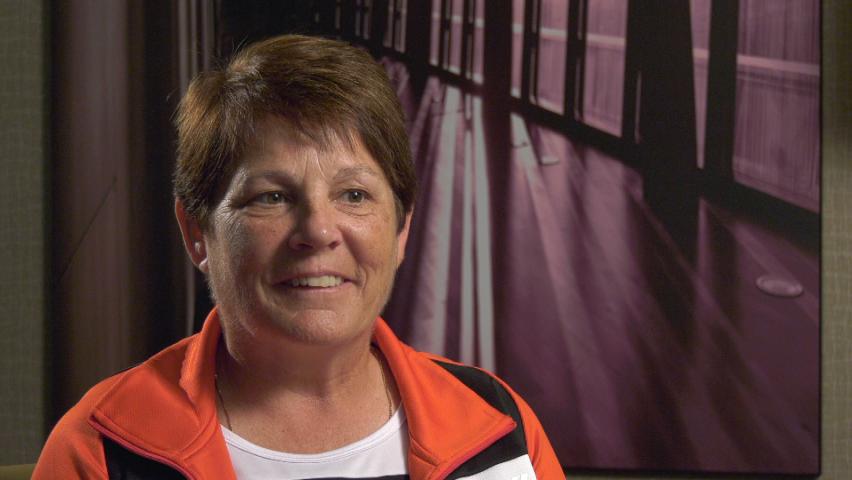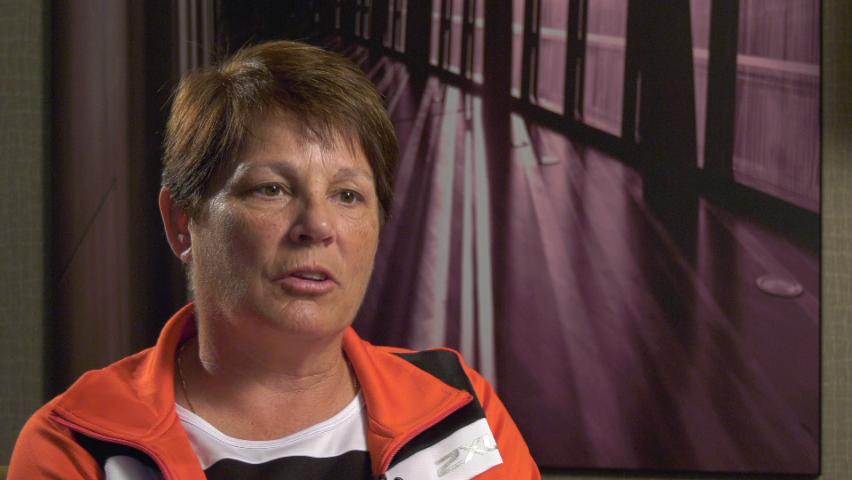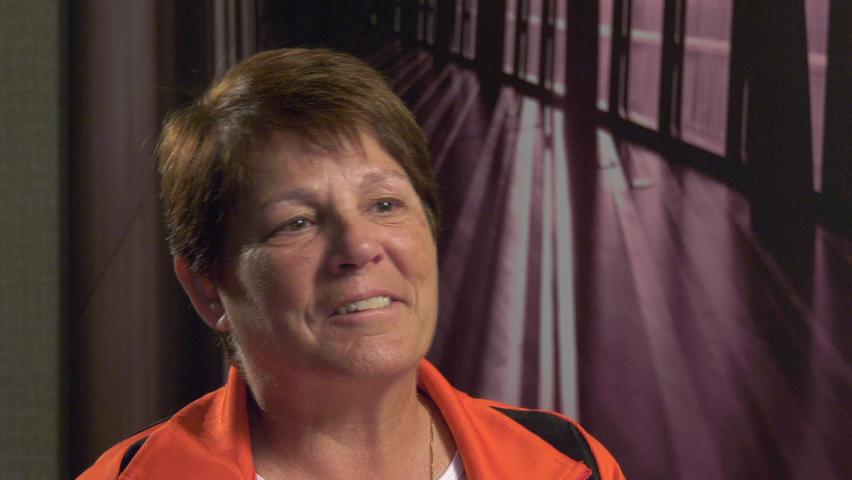From Air Force to Navy!
Heroes Remember
From Air Force to Navy!
For me it was a shock when I left Chilliwack.
Like I said I was air force. I never thought when
I joined that I would be sailing in the navy.
So as a clerk we call it a purple trade in
that you can serve with any unit whether
it be air force, army or navy.
So it’s not necessarily the uniform you wear.
You can be with any unit so for myself
going on board HMCS Huron the first time,
that was in ’97, it was kind of a shock to me
because you know the first thing you did
when you got on board was you got your
“Know your ship book” so you had to do
a full set of engineering drawings.
They have the ship’s layout,
you’d have to know where all the Kamox (sp)
firefighting gear was, all the fire control systems.
So you basically had to know the ship.
As one of my other duties on board I was also,
I would have to stand quartermaster so you
would have to stand on the brow and all
that for 4-hour shifts.
When we were in harbour there was
a crew on duty everyday so the ship
was always manned 24 hours a day,
7 days a week. When we were at sea it was
the same thing we had to do rounds so it
wasn’t like I just worked in the ships office
and did admin. What I found out when
I first got there was that my job as a clerk
became secondary, that the ship
was primary and my duties…
everybody had a list of duties and if
there was a fire I would have to close
up in a certain position, don the firefighting
gear and be ready to be tasked out.
It was kind of a shock for me like
I said I had to stand brow quartermaster.
As part of that I had to know how to do
all the ships pipes. In the morning there
was a pipe called, “Wakey, wakey!”
We had to know how to do that.
We had to know the “Hands to dinner” pipe
so it was like I became really
part of the navy, I was no longer air force
really because I would get on board the ship.
I would arrive in my air force uniform then
I would go down to our mess where
we stayed, our bunks, and then I would
get changed in my naval work dress.
If I was standing brow quartermaster then I
would have to put my Canadian Forces,
my CF’s on. We would do a four hour
shift on the brow, three four hour shifts and
then you would be finished your duty
for the 24 hours. And then every day
in port the ships, there is a fire exercise
whether you are alongside or you’re at sea.
So the training isn’t only at sea,
it’s everyday alongside you so when you’re
on duty you know that at some point the
ship would exercise, would do their own fire
acts or a casualty and then sometimes
Sea Training, they were headquartered
at the base too and sometimes they would
show up and do an exercise too and then
that would be critiqued and all that.
You had to be on duty 24/7, you know,
and always expecting that
something was going to happen.
Related Videos
- Date modified:






